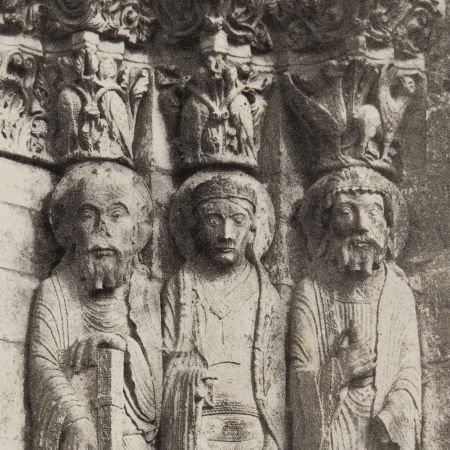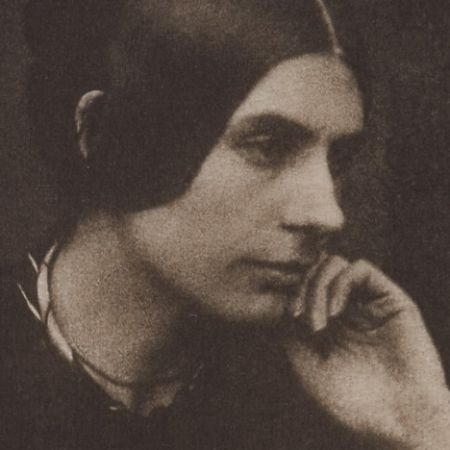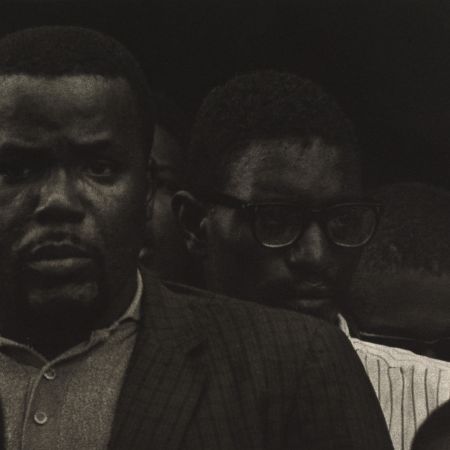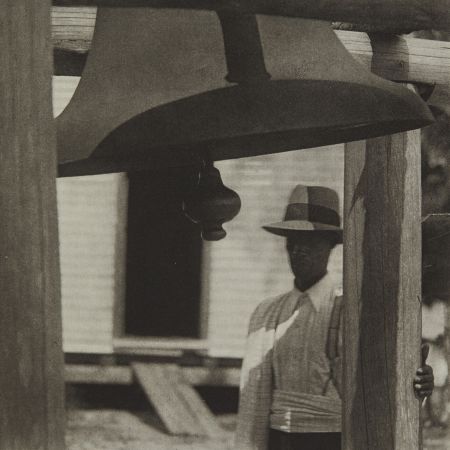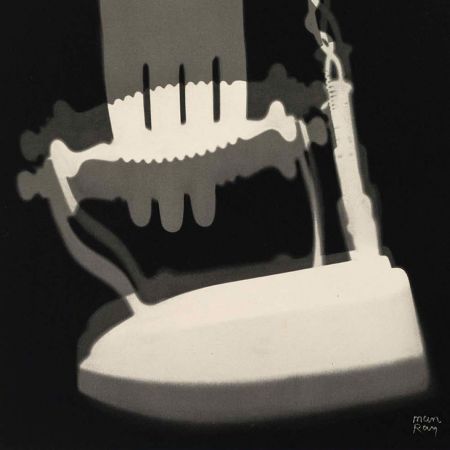Berchtold’s Solution
The history of advancements in photomechanical research usually follows the same narrative highlighting popularized achievements while leaving others, despite their relevance, sadly overlooked. The important work of Alfred Jean Berchtold is one such case. Working concurrently with, but overshadowed by, William Henry Fox Talbot, Berchtold discovered a successful intaglio process that would become one of the cornerstone concepts of today’s visual landscape.In the late 1840s, the world’s scientific community was hard at work searching for a solution to achieve continuous tone in the reproduction of photographs. While Talbot was experimenting with mesh screens in England, Berchtold was finding success with glass plates etched with narrow, parallel lines in France. By 1857 Berchtold had produced the first line screen, and, although crude, Berchtold’s tests is considered one of the earliest breakthroughs in achieving continuous tone in photographic reproductions.
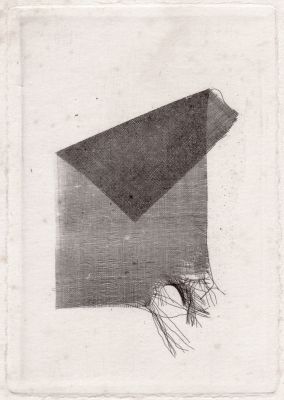
William Henry Fox Talbot, Torn & Folded Scrap of Crape, 1852–1857. Courtesy of Hans Kraus Jr.
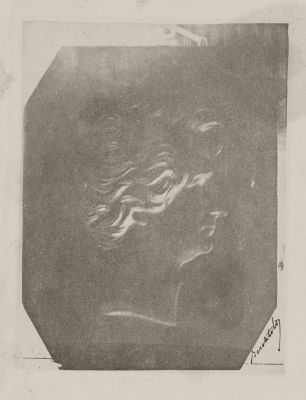
Alfred Jean Berchtold, Experimental Print, 1857
To create an image, as described in his 1857 patent, Berchtold exposed a glass plate three times. For the first exposure, the image negative was in direct contact with a plate. Next, Berchtold exposed the image through a fluted pane of glass with etched parallel lines. For the last exposure, Berchtold rotated the pane of glass 90 degrees to create a grid pattern with the etched lines. Berchtold’s line screen can retrospectively be considered futuristic in its adaptation of a mathematically-achieved continuous tone, and can be compared to today’s technical standards of image resolution in terms of pixels, dots and line per inch.
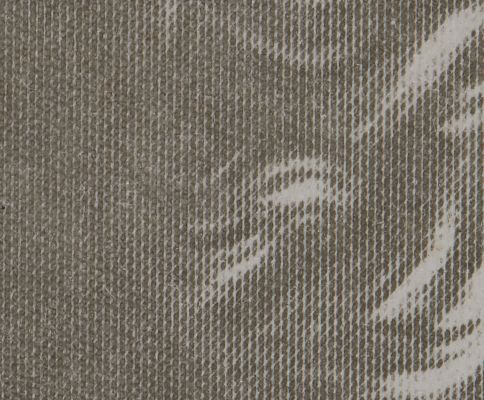
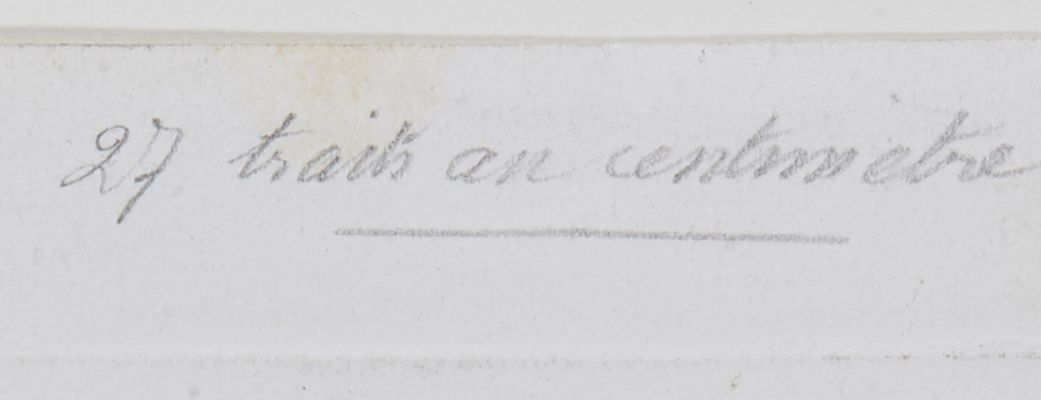
The images seen here show rare examples of Berchtold’s tests. A close-up view of the images reveal the screen pattern, and the reverse side of the plate notes how many lines per centimeter the screen was made with to produce the image.
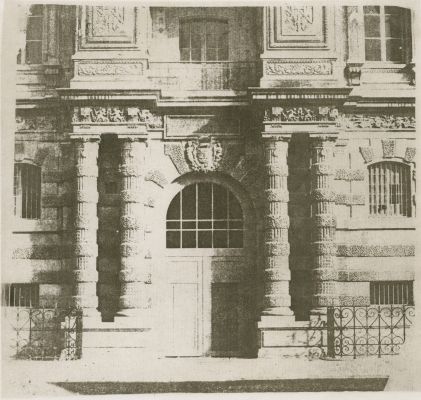
Alfred Jean Berchtold, Experimental Print, 1859
Despite his important contributions to the field, Berchtold’s line screen process was not received with due excitement when submitted to the Luynes competition. Berchtold died during the competition in 1859, and many consider his process to have died with him. After Berchtold, screen processes in France did not develop until the 1870s, and widespread industrial use of the screens did not catch on until the 1890s.Our rare example of Berchtold’s test is originally from the collection of André Jammes and was exhibited in Le Concours Photographique du Duc de Luynes 1857–1867, presented by the SFP and BNF in 1994. We are also fortunate to have a second example of the process.
References
Hammann, J.-M.-Herman. Des Arts Graphiques Destinés a Multiplier Par L’impression: Considérés Sous Le Double Point De Vue Historique Et Pratique. Genève etc.: JoëlCherbuliez, 1857.
Ivins, William M. “Photography and the “modern” Point of View: a Speculation in the History of Taste.” Metropolitan Museum Studies. 1.1 (1928): 16-24. Print.
Berchtold, “Procédé de gravure des épreuves photographiques” (December 14, 1857), INPI 34: 719.
Berchtold, “Notes sur les procédé de gravure héliographique,” BSFP 5 (October 1859): 265-67.
